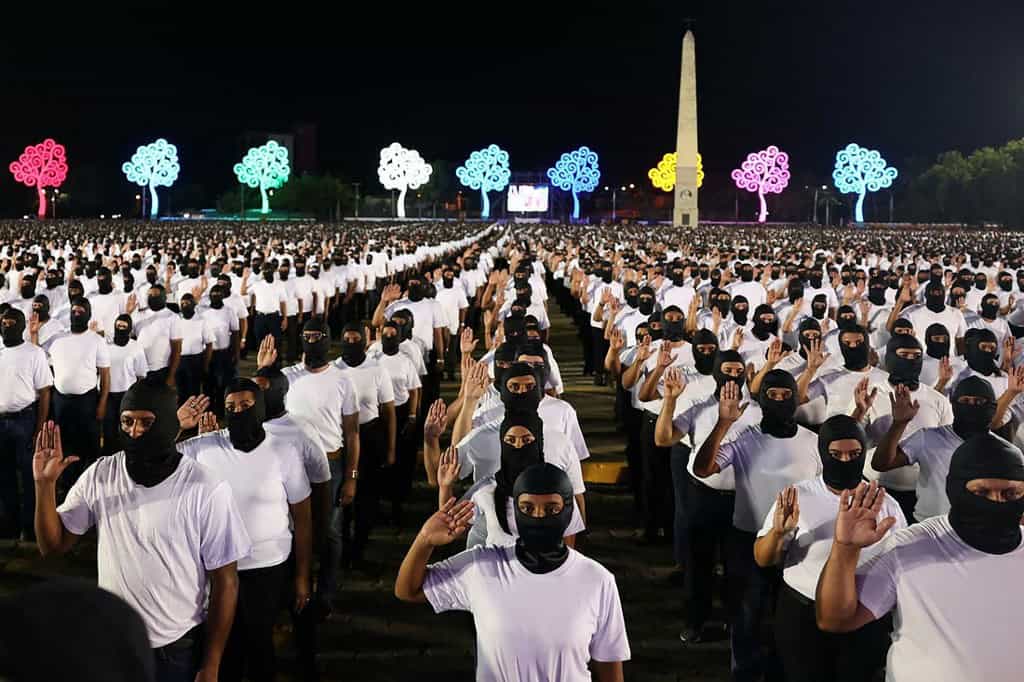Costa Rica embraced its independence from the Kingdom of Spain. It wasn’t conquered, it wasn’t yearned for like other nations; there was no awareness of the fact; that is the historical truth.
Costa Rica lived in absolute abandonment
Completely cut off from the world, it is therefore not surprising that ideas of emancipation did not enter our territory. The evolutionary movement of humanity was unknown to the inhabitants of the province, the most destitute of all the provinces of the Spanish monarchy. As the Spanish governor Tomás de Acosta wrote in 1804, I can assure your grace that there is no commerce here and that poverty is notorious and cruel.
This was the panorama of Costa Rica before independence
On Saturday, October 13, 1821, correspondence from the north arrived in Cartago, bringing Gainza’s manifesto and an agreement from the provincial delegation of León, Nicaragua. The first document discussed the motives that gave rise to Central American independence.
The second document stipulated that Nicaragua and Costa Rica would remain independent from Guatemala and also from Spain until the clouds of the day cleared.
Independence from Spain was definitively proclaimed in our country on October 29, 1821
In that same act and on that same day, our union with the Mexican empire was also proclaimed. Such was the state of hesitation and uncertainty our ancestors were experiencing.
For now, three days of festivities were agreed upon to celebrate the event, with lights, gunpowder, and drinks. Many were unsure what was being celebrated: independence from Spain or annexation to Mexico.
On November 12, 1821, the Board of Delegates of the Peoples was established and drafted the well-known Pact of Concord, considered our first political constitution. In the Pact of Concord, Costa Rica declared itself absolutely free and entitled to exclusive rights to establish a new form of government. It would be dependent or confederated with the state or power that best suited it.
The Board of Delegates fulfilled its obligation perfectly, granting the country a flexible constitutional document, a product of its circumstances, while also recognizing the two currents of thought that formed the country’s political reality at the time.
Between conservatives who wanted annexation to the Mexican empire and democrats who wanted a republican system, blood was shed in Ochomogo in April 1823 over this dispute. The Republicans of San José faced the Carthaginian monarchists. The San José supporters were victorious, taking the capital to San José. The defeated were unaware that the overthrow of Iturbide had taken place in Mexico just days earlier; in other words, they were unaware that they had fought in vain because the empire no longer existed.
Today, although many do not understand that it was celebrated on September 15th, our streets are populated by students in a mixture of sounds and colors. It is a collective effort by several educational centers to cultivate and give meaning to one of the most important legacies we have from the past: freedom from the Kingdom of Spain was given without a fight, without asking for it, but the struggle for independence we are experiencing today cannot be lost.

– Advertisement –
Source link
TCRN STAFF


